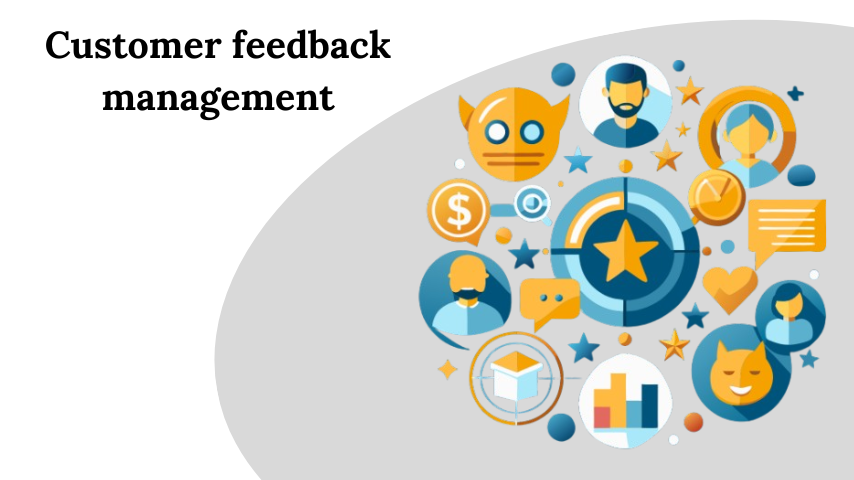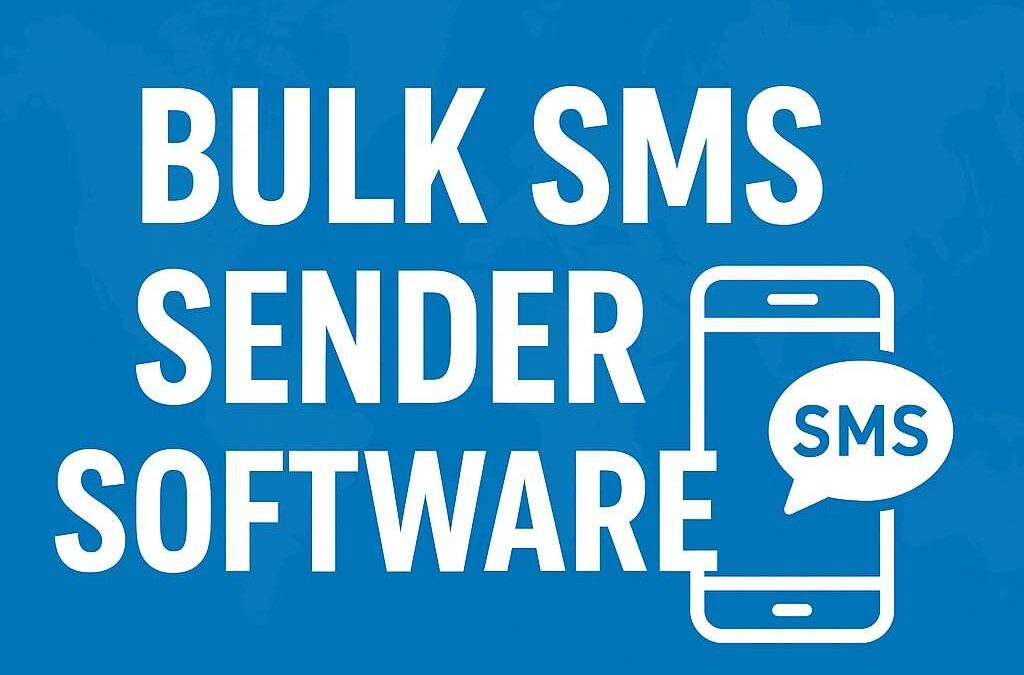In today’s customer-centric business environment, understanding your customers’ needs, preferences, and pain points is crucial for success. Implementing an effective customer feedback management system can help organizations gather, analyze, and act upon valuable customer insights. This comprehensive guide explores four primary methods of collecting customer feedback and how to maximize their effectiveness.
1. Surveys and Questionnaires
Surveys remain one of the most powerful and versatile tools for gathering customer feedback. When properly designed and implemented, they provide structured data that can be easily analyzed and tracked over time.
Types of Surveys
Net Promoter Score (NPS) Surveys
These surveys measure customer loyalty by asking customers how likely they are to recommend your product or service to others. The simplicity and standardization of NPS make it an excellent benchmark for customer satisfaction.
Customer Satisfaction (CSAT) Surveys
CSAT surveys typically follow specific interactions or transactions, measuring immediate satisfaction levels. They provide detailed insights into particular aspects of your service or product.
Customer Effort Score (CES) Surveys
These surveys assess how much effort customers need to expend to accomplish their goals, whether it’s making a purchase or resolving an issue.
Best Practices for Survey Implementation
- Keep surveys concise and focused
- Use a mix of closed and open-ended questions
- Time surveys appropriately in the customer journey
- Ensure mobile-friendly survey design
- Offer incentives when appropriate
- Follow up on feedback received
2. Social Media Monitoring and Analysis
Social media platforms have become invaluable sources of authentic customer feedback. A robust customer feedback management system should incorporate social media monitoring tools to capture and analyze these conversations.
Key Aspects of Social Media Monitoring
Direct Mentions and Comments
Monitor and respond to direct customer feedback on your social media profiles. This includes comments on posts, direct messages, and mentions of your brand.
Indirect Mentions and Conversations
Track discussions about your brand, products, or industry that may not directly tag your business but provide valuable insights into customer perceptions.
Competitor Analysis
Monitor competitor mentions to understand their strengths and weaknesses from a customer perspective.
Tools and Techniques
- Use social media management platforms
- Implement sentiment analysis tools
- Track relevant hashtags and keywords
- Engage with user-generated content
- Monitor review sites and forums
3. Customer Interviews and Focus Groups
While more resource-intensive, direct conversations with customers provide deep, qualitative insights that surveys alone cannot capture.
Types of Customer Interviews
One-on-One Interviews
Individual interviews allow for in-depth discussions about specific experiences, preferences, and suggestions.
Focus Groups
Group discussions can generate diverse perspectives and reveal common themes among customer segments.
User Testing Sessions
Observing customers interact with products or services in real-time provides valuable usability insights.
Best Practices for Conducting Interviews
- Prepare structured but flexible discussion guides
- Create a comfortable environment for honest feedback
- Record sessions with permission
- Use skilled moderators
- Include diverse customer segments
- Follow up with participants
4. Analytics and Behavioral Data
Modern digital tools allow businesses to collect valuable feedback through customer behavior analysis, complementing direct feedback methods.
Types of Analytics Data
Website Analytics
Track user behavior, navigation patterns, and conversion rates to understand customer preferences and pain points.
App Usage Data
Monitor feature adoption, user flows, and engagement metrics to identify areas for improvement.
Purchase History Analysis
Analyze transaction data to understand customer preferences and predict future needs.
Implementation Strategies
- Set up comprehensive tracking systems
- Define clear metrics and KPIs
- Use heat mapping tools
- Implement A/B testing
- Monitor customer service interactions
- Track abandonment rates
Integrating Feedback Methods with Your Customer Feedback Management System
To maximize the value of customer feedback, organizations should integrate these various collection methods into a comprehensive customer feedback management system. This integration enables:
- Centralized data collection and analysis
- Cross-referencing feedback from different sources
- Automated feedback routing and response
- Trend identification and tracking
- Performance measurement and reporting
- Action item generation and tracking
Best Practices for Managing Customer Feedback
1. Create a Systematic Approach
- Develop a regular feedback collection schedule
- Establish clear processes for feedback analysis
- Define response protocols for different types of feedback
- Set up automated alerts for urgent issues
2. Ensure Data Quality
- Validate feedback sources
- Clean and organize data regularly
- Cross-reference feedback across channels
- Maintain consistent categorization
3. Act on Feedback
- Prioritize actions based on impact and feasibility
- Communicate changes to customers
- Monitor the effectiveness of implemented changes
- Document lessons learned
How often should we collect customer feedback?
The frequency depends on your business type and customer interaction points. Generally, aim to collect feedback after significant interactions while avoiding survey fatigue. Consider implementing a mix of continuous passive feedback channels and periodic active feedback collection.
How can we increase customer response rates?
To improve response rates:
- Keep surveys brief and relevant
- Offer incentives when appropriate
- Time requests strategically
- Make feedback submission convenient
- Show customers their feedback matters by acting on it
What’s the best way to handle negative feedback?
Approach negative feedback as an opportunity for improvement:
- Respond promptly and professionally
- Thank customers for their feedback
- Address specific concerns
- Follow up after implementing changes
- Document lessons learned for future reference
How do we prioritize feedback for action?
Consider factors such as:
- Frequency of similar feedback
- Impact on customer experience
- Resource requirements
- Strategic alignment
- Potential ROI
- Urgency of the issue
Conclusion
Collecting customer feedback is essential for business growth and customer satisfaction. By implementing these four methods – surveys, social media monitoring, interviews, and analytics – through a comprehensive customer feedback management system, organizations can gain valuable insights into customer needs and preferences.
Success lies not just in collecting feedback but in analyzing it effectively and taking appropriate action. Regular review and refinement of feedback collection methods ensure they remain relevant and effective. Remember that customer feedback is an ongoing dialogue, not a one-time exercise.
Organizations that excel at collecting and acting on customer feedback position themselves for sustainable growth and competitive advantage. By maintaining a systematic approach to feedback management and demonstrating commitment to customer satisfaction, businesses can build stronger relationships with their customers and drive continuous improvement in their products and services.







0 Comments